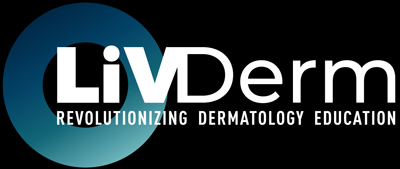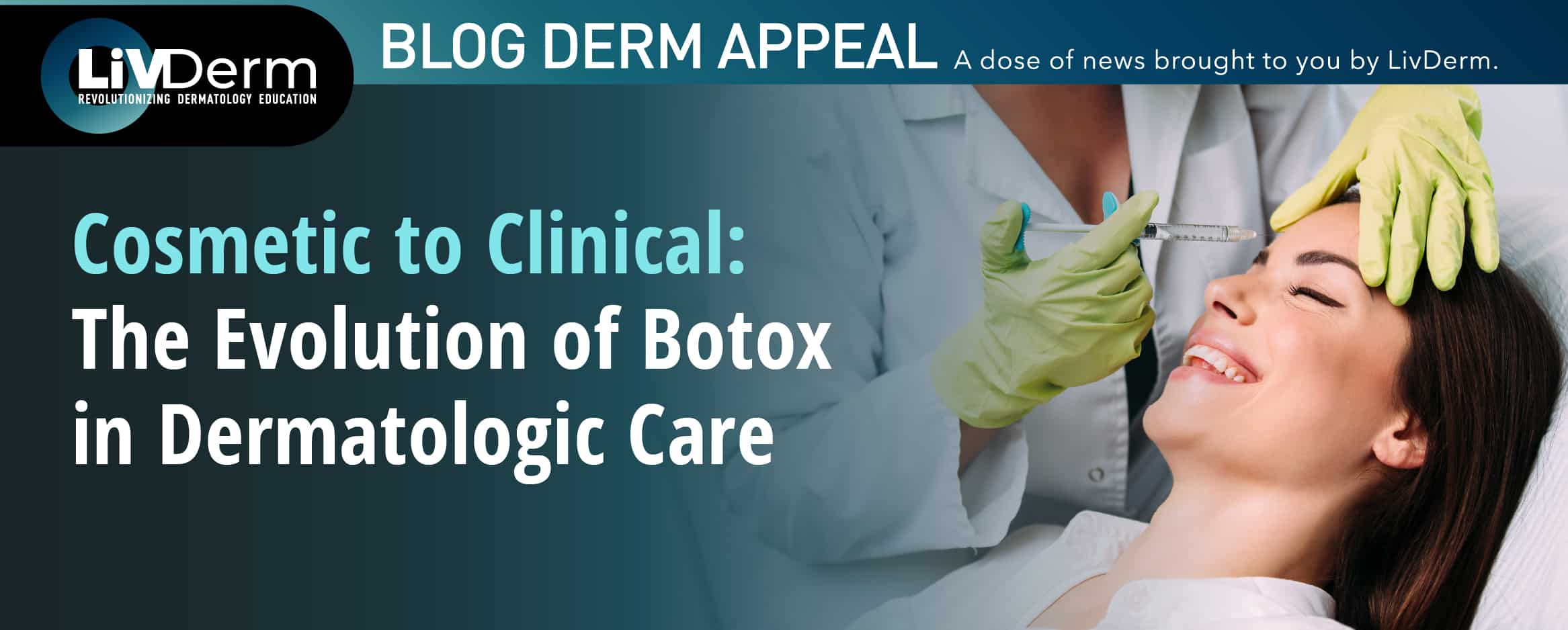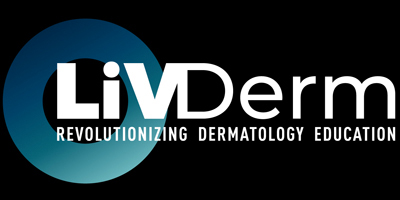Alopecia areata is an autoimmune disease that triggers sudden and often unpredictable hair loss that continues to pose significant challenges for both patients and clinicians. While recent FDA approvals of JAK inhibitors have marked a turning point in available therapies, many patients still face limited or incomplete responses.
New data shared in a replicate study now suggests that upadacitinib (RINVOQ®) could play a key role in expanding treatment options for both adults and adolescents with severe alopecia areata.
Study Insights: Replicate Findings in Adults and Teens
The recently reported study evaluated the efficacy of Rinvoq in patients with advanced alopecia areata, including children. Results demonstrated that treatment with Rinvoq led to significant hair regrowth across patient groups, with consistent outcomes observed in replicate trial arms. This strengthens confidence in the therapy’s potential, particularly as reproducibility is a critical factor in determining clinical reliability.
Importantly, both adult and teen participants experienced measurable improvements, which highlights Rinvoq’s ability to address disease severity across age groups. The study adds to a growing body of evidence that targeted JAK inhibition can be a safe and effective therapeutic pathway for managing autoimmune-mediated hair loss.
Clinical Relevance for Dermatologists
For practicing dermatologists, these findings represent more than an incremental advancement. They signal a potential expansion of the therapeutic landscape for alopecia areata. While baricitinib remains the only FDA-approved systemic JAK inhibitor for severe cases, the inclusion of adolescents in the Rinvoq study is especially noteworthy. Pediatric and adolescent patients often have fewer evidence-based treatment options, and new data supporting efficacy in this population may help clinicians move toward earlier intervention.
In practice, dermatologists may soon have access to an additional tool for tailoring treatment based on individual patient needs, tolerability, and comorbidities. The availability of multiple JAK inhibitors could also foster greater competition, potentially improving affordability and access in the long term.
Beyond Hair Regrowth: Quality of Life and Psychosocial Impact
These findings are significant as they extend beyond clinical endpoints. Alopecia areata has profound psychosocial consequences, particularly for teenagers and young adults navigating through their years of identity development. Hair loss can negatively affect self-esteem, social functioning, and mental health. By offering a therapy that demonstrates consistent regrowth outcomes, Rinvoq has the potential to restore not only hair but also patient confidence and quality of life.
Dermatologists are positioned to address this intersection of physical and emotional health. Incorporating therapies that reliably promote regrowth provides clinicians with a more holistic strategy for care, reinforcing the importance of dermatology as a specialty that attends to both visible and invisible burdens of disease.
Looking Ahead: Expanding the Role of JAK Inhibitors
As with all JAK inhibitors, careful monitoring will be essential to balance efficacy with risk management, particularly in younger populations.
Ongoing trials and post-marketing surveillance will be critical in shaping best practices for incorporating Rinvoq into dermatology care. Should regulatory approval follow, clinicians may gain a versatile addition to the therapeutic toolkit. One that broadens the scope of precision medicine in autoimmune hair loss.
Conclusion
The latest Rinvoq trial results highlight the evolving landscape of alopecia areata management, signaling an era where dermatologists can offer patients more targeted, effective, and age-inclusive therapies.
For patients who have faced limited options and unmet needs, this research offers hope and reinforces the role of dermatologists at the forefront of advancing both science and patient well-being.
















